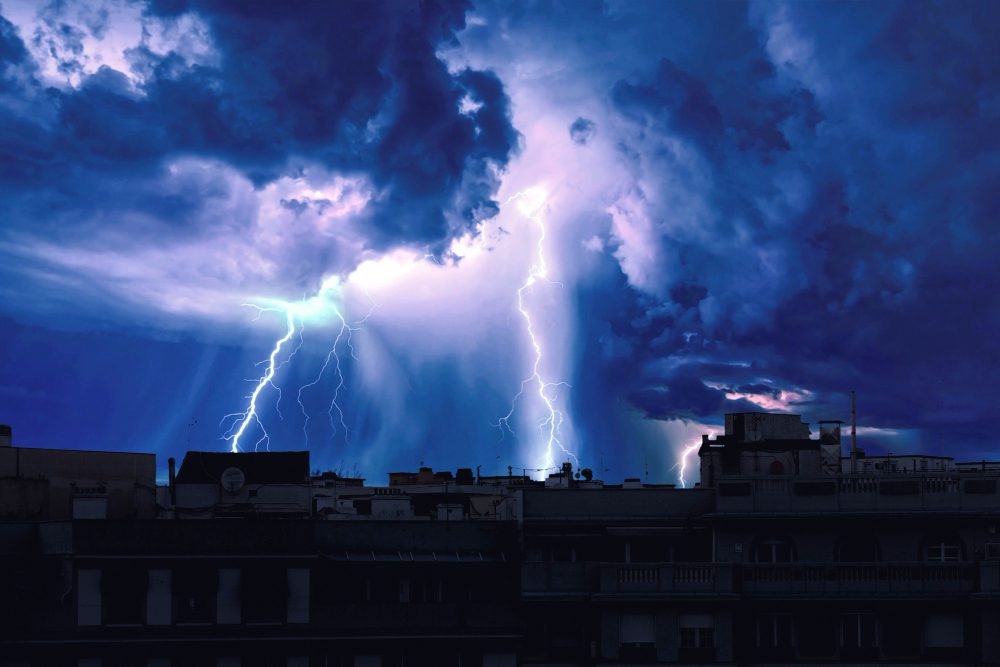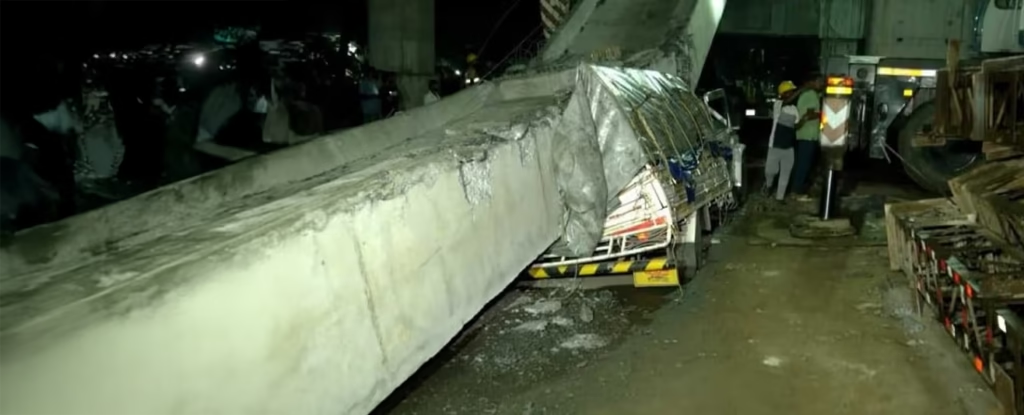Embracing and Preparing for the Monsoon Season in Kerala
Kerala, known for its lush green landscapes and serene backwaters, undergoes a remarkable transformation during the monsoon season. While the rains bring relief from the scorching summer heat and rejuvenate the environment, they also pose significant challenges. The monsoon season in Kerala typically begins in early June and lasts until September, characterized by heavy rainfall, thunderstorms, and occasional flooding. Here’s a comprehensive guide on how to enjoy the beauty of the monsoon while being cautious about the associated risks.
Understanding the Monsoon Season in Kerala
The monsoon season in Kerala is a double-edged sword. It is vital for the agricultural sector, replenishing water bodies and supporting the rich biodiversity of the region. However, the intense rainfall can lead to various hazards, including floods, waterborne diseases, broken power cables, and lightning strikes.
Key Challenges During the Monsoon
Heavy Rains and Floods:
- Flooding: Persistent heavy rains can cause rivers to overflow, leading to widespread flooding. This can disrupt daily life, damage property, and displace communities.
- Landslides: In hilly areas, the saturated soil can result in landslides, posing risks to lives and infrastructure.
Diseases and Epidemics:
- Waterborne Diseases: Contaminated water can lead to diseases such as cholera, dysentery, and gastroenteritis.
- Vector-Borne Diseases: Stagnant water creates breeding grounds for mosquitoes, increasing the risk of dengue, malaria, and chikungunya.
Electrical Hazards:
- Broken Power Cables: Heavy rains and strong winds can cause power cables to break, posing serious electrocution hazards.
- Lightning Strikes: Thunderstorms are common during the monsoon, and lightning strikes can be fatal if proper precautions are not taken.
Precautionary Measures
Preparing for Floods:
- Stay Informed: Regularly check weather forecasts and alerts from the local meteorological department.
- Emergency Kit: Keep an emergency kit ready with essentials such as water, food, first-aid supplies, and important documents.
- Evacuation Plan: Have a clear evacuation plan and ensure all family members are aware of it.
Health Precautions:
- Safe Drinking Water: Always drink boiled or filtered water to prevent waterborne diseases.
- Avoid Stagnant Water: Ensure there are no stagnant water pools around your home to reduce mosquito breeding.
- Hygiene Practices: Maintain good hygiene, wash hands regularly, and use mosquito repellents.
Electrical Safety:
- Avoid Touching Broken Wires: Stay away from any fallen or broken power cables and report them to the authorities immediately.
- Install Surge Protectors: Use surge protectors to safeguard your electrical appliances from voltage spikes caused by lightning.
Lightning Safety:
- Stay Indoors: During thunderstorms, stay indoors and avoid open fields, tall trees, and water bodies.
- Unplug Appliances: Disconnect electrical appliances to prevent damage from power surges.
Community and Government Role
Government Initiatives:
- Disaster Management: The Kerala government has a robust disaster management system in place. Familiarize yourself with local emergency services and shelters.
- Health Campaigns: Participate in community health campaigns and vaccination drives organized by the government.
Community Involvement:
- Neighborhood Watch: Form neighborhood groups to monitor flood-prone areas and assist each other during emergencies.
- Volunteer: Engage in community volunteer work to support relief efforts during and after the monsoon.
Embracing the Monsoon
Despite the challenges, the monsoon is also a time to appreciate the beauty of nature. The rain-soaked landscapes, the sound of raindrops, and the fresh, cool air offer a unique experience. Here are a few ways to enjoy the monsoon season responsibly:
- Monsoon Tourism: Explore Kerala’s monsoon tourism spots, such as Athirappilly Falls and Wayanad, while adhering to safety guidelines.
- Indoor Activities: Enjoy indoor activities like reading, cooking traditional monsoon delicacies, or engaging in creative hobbies.
- Gardening: The rains are perfect for gardening. Planting native species can enhance your garden and support local biodiversity.
Conclusion
The monsoon season in Kerala is a time of both beauty and caution. By understanding the potential risks and taking proactive measures, you can enjoy the rains while ensuring the safety and well-being of your family and community. Stay informed, stay prepared, and embrace the monsoon with a balanced approach.
For more information on weather updates and safety guidelines, visit the Kerala State Disaster Management Authority (KSDMA) and the India Meteorological Department (IMD).








